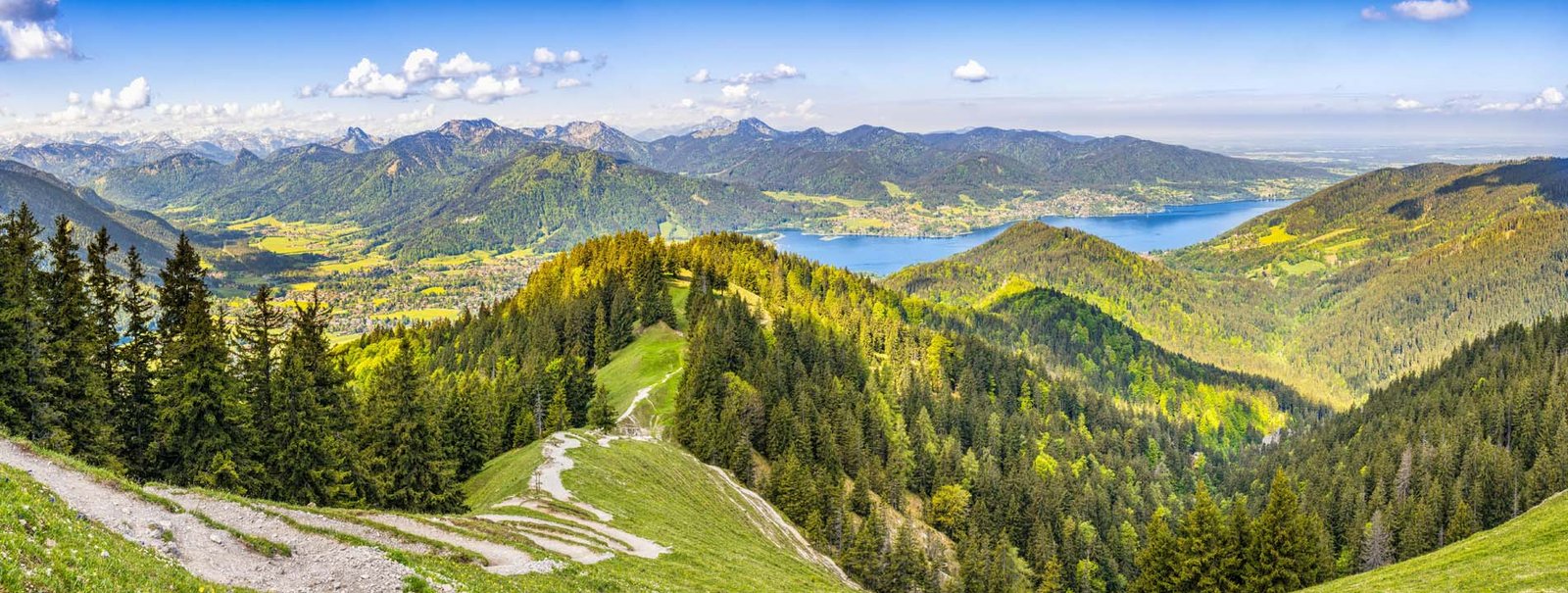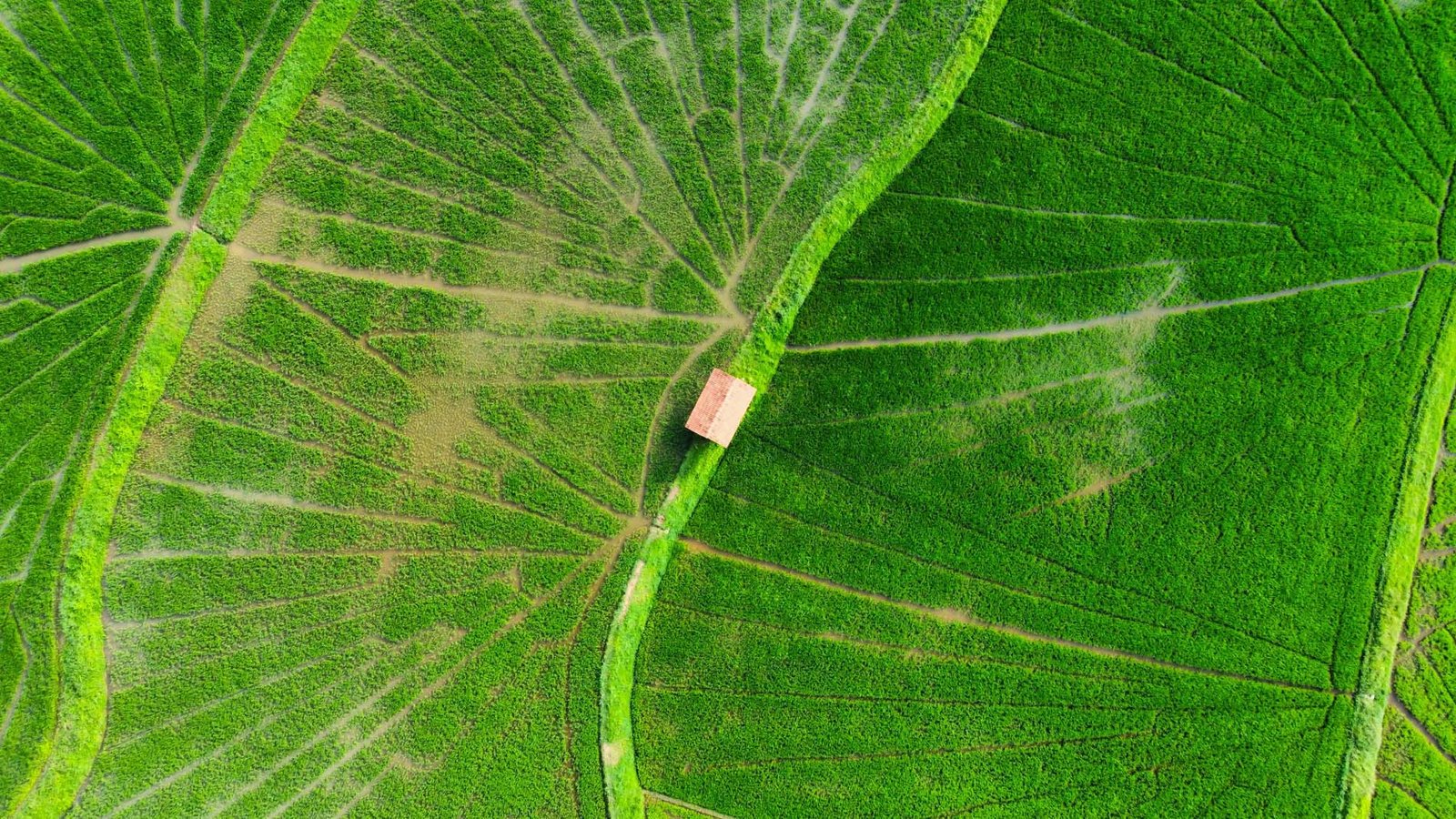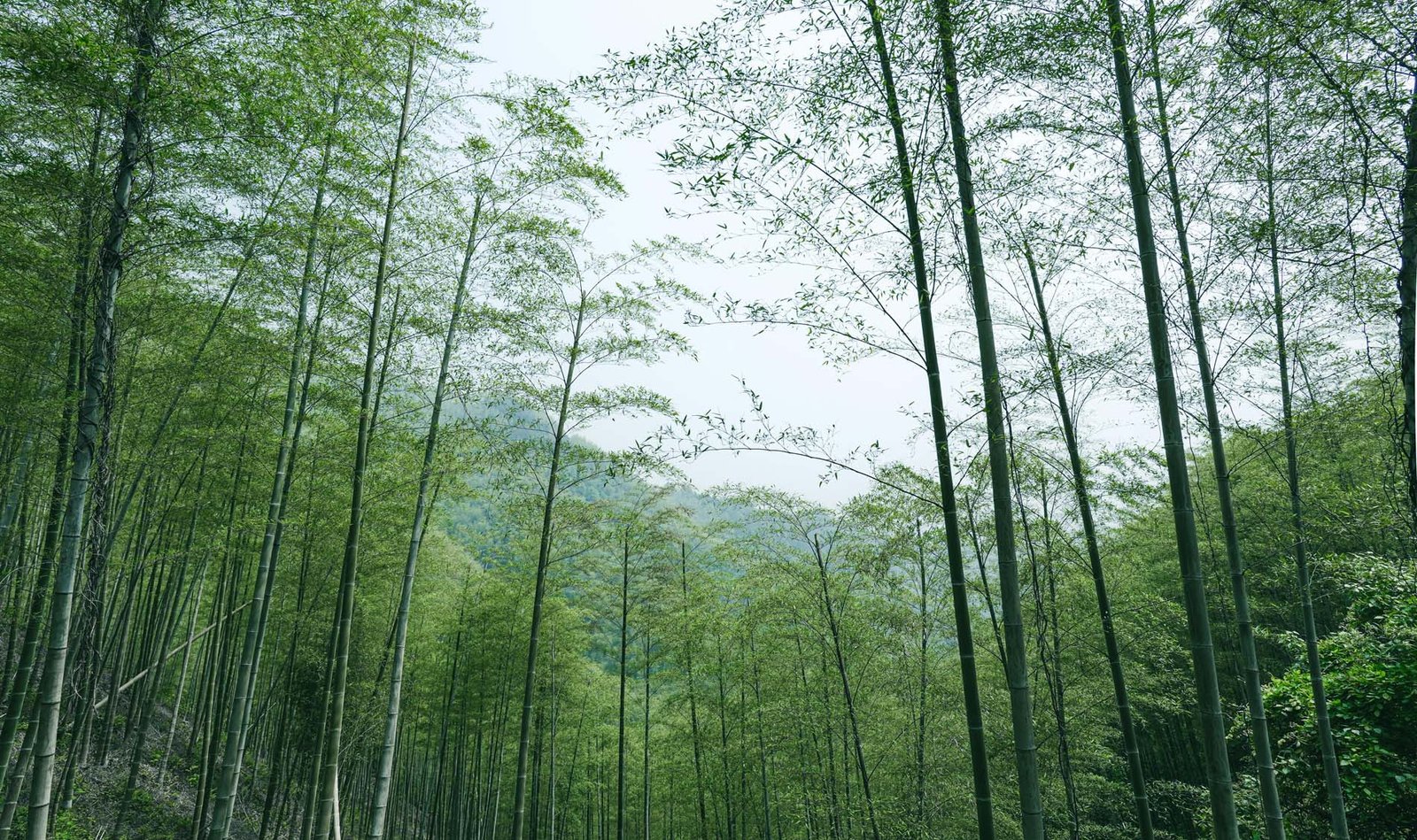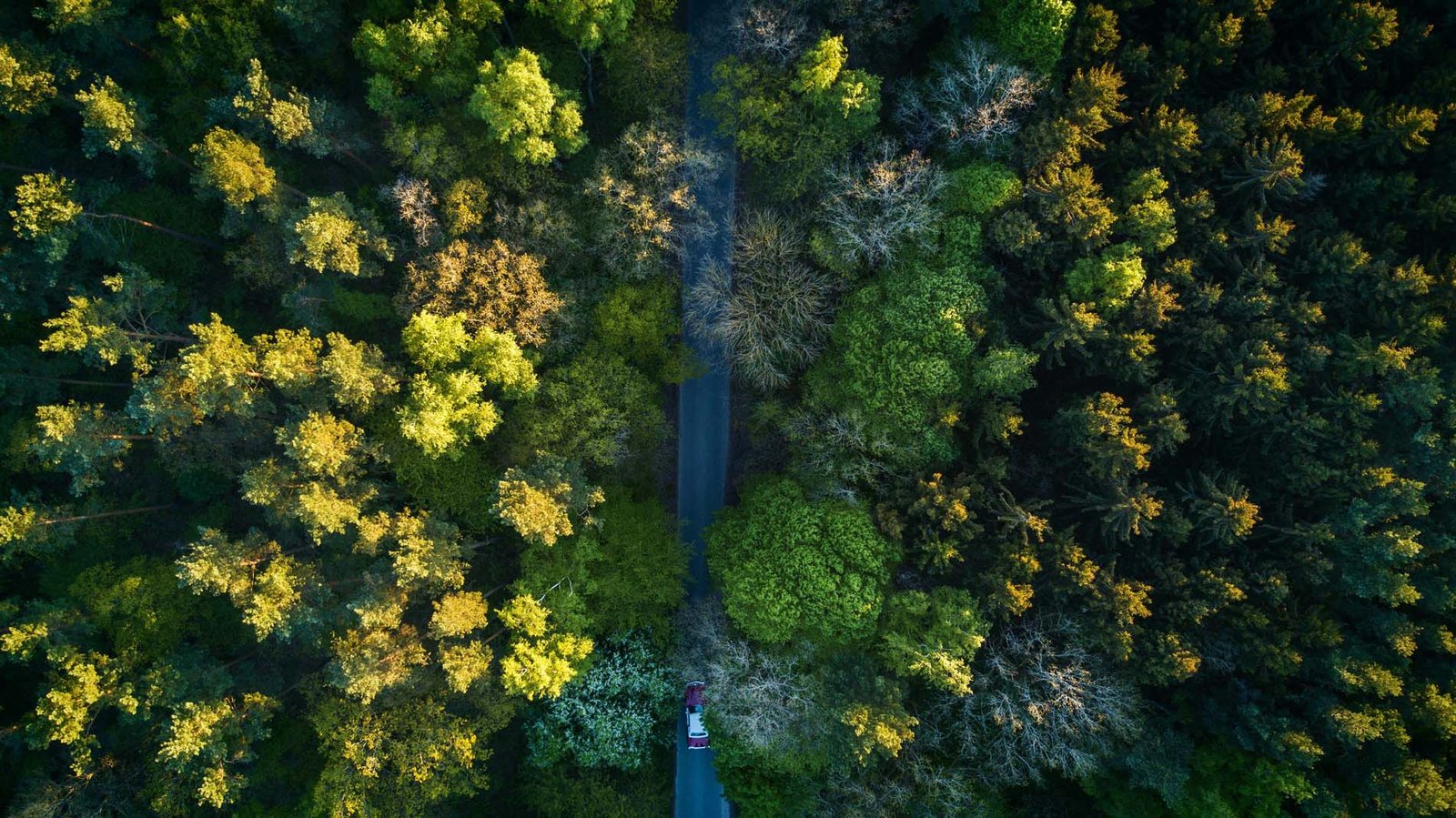
Our Standards
Alternate Wetting and Drying (AWD)
Alternate Wetting and Drying (AWD) is an innovative water-saving irrigation method where rice fields are intermittently flooded and then allowed to dry out before being re-irrigated. Instead of maintaining a constant standing water level, the field undergoes cycles of wetting (flooding) and drying (non-flooded conditions).
The key is precise monitoring. Farmers typically use a simple "field water tube" (a perforated pipe or bamboo placed in the field) to track the water level below the soil surface. Irrigation is applied only when the water level drops to a specific threshold (e.g., 15 cm below the soil surface), and then the field is re-flooded to a shallow depth (e.g., 5 cm). This cycle is repeated throughout most of the growing season, with a brief period of continuous flooding maintained around the flowering stage to prevent yield loss.

The Benefits of AWD: Cultivating Efficiency and Resilience
- Significant Water Savings: AWD can reduce water consumption in rice cultivation by 15% to over 30%, sometimes even up to 50%, compared to continuous flooding.
- Reduced Greenhouse Gas Emissions: By introducing aerobic (oxygenated) conditions during the drying phases, AWD significantly reduces methane emissions by 30% to 70% (and in some cases, even more), contributing directly to climate change mitigation.
- Enhanced Crop Health and Yields:The intermittent drying encourages rice plants to develop deeper and stronger root systems, making them more resilient to drought and nutrient stress.
- Reduced Lodging: Reduced water usage translates directly into lower pumping costs, especially for farmers relying on pump irrigation. This can lead to increased profitability and economic stability.
- Improved Soil Health: The alternating wet and dry conditions promote better soil aeration, potentially improving soil structure and overall microbial activity.
- Reduced Pest and Disease Incidence: AWD can help reduce the incidence of certain water-borne pests and diseases that thrive in continuously flooded environments.
Reforestation with Bamboo Planting
At ProResilient, we're continuously exploring innovative and highly effective solutions for large-scale reforestation and sustainable development. One of the most promising and impactful approaches we champion is reforestation with bamboo planting. This remarkable "green gold" offers a unique blend of environmental, economic, and social benefits, making it an ideal choice for restoring degraded lands and building a more resilient future, particularly in regions like Belonia, Tripura, and across India.

Bamboo for Reforestation! The Unrivaled Advantages
- Exceptional Growth Rate & Rapid Regeneration: Bamboo is the fastest-growing plant on Earth, with some species growing up to a meter (3 feet) in a single day!
- Superior Carbon Sequestration: Studies show that bamboo can sequester significantly more carbon dioxide (CO2) per hectare annually than many traditional tree species.
- Soil Health and Erosion Control: Bamboo's dense and fibrous root network is exceptional at binding soil particles, making it a natural champion for preventing soil erosion, especially on slopes, riverbanks, and degraded lands.
- Water Conservation: Despite its rapid growth, many bamboo species have relatively low water requirements once established.
- Biodiversity Support: While often planted in monocultures, well-managed bamboo forests can support significant biodiversity, providing habitat, food, and shelter for various wildlife species, including birds, insects, and microorganisms. Integrating bamboo into agroforestry systems further enhances ecological balance.
- Economic Empowerment & Livelihoods: Beyond its environmental benefits, bamboo offers substantial economic opportunities, especially for rural communities.
- Adaptability and Resilience: Bamboo can thrive in a wide range of climatic conditions and soil types, including degraded lands.
Carbon Sequestration
Carbon sequestration in agriculture refers to the process of capturing and storing atmospheric carbon dioxide (CO2) in soil and plant biomass. Essentially, it's about drawing carbon out of the air, where it contributes to global warming, and safely locking it away in the ground. This occurs primarily through photosynthesis, where plants absorb CO2 and convert it into organic matter. When these plants die and decompose, or when their roots exude compounds, the carbon is incorporated into the soil, enriching it and making it a long-term carbon sink.

Carbon Sequestration Through Sustainable Practices
- Enhanced Soil Fertility: More carbon in the soil means richer, more fertile ground, leading to healthier crops and potentially higher yields.
- Improved Water Retention: Carbon-rich soils act like sponges, holding more water, which is crucial for drought resilience and reducing irrigation needs.
- Increased Biodiversity: Healthy soil ecosystems support a greater diversity of microbial life, essential for nutrient cycling and disease suppression.
- Reduced Erosion: Stronger soil structure with more organic matter is less susceptible to wind and water erosion.
- Economic Resilience: Healthier soils lead to more productive farms, reducing the need for costly synthetic inputs and improving long-term profitability for farmers.
